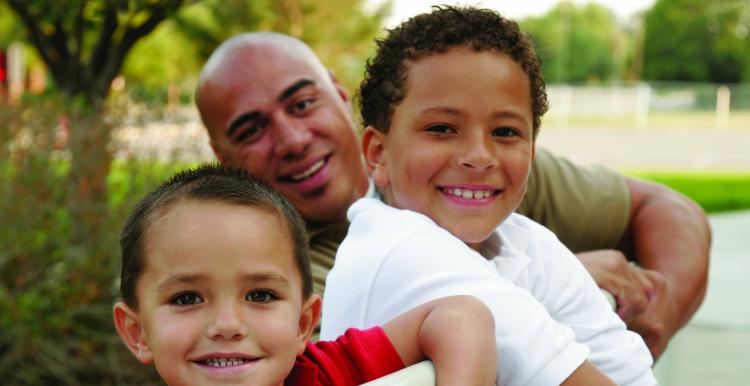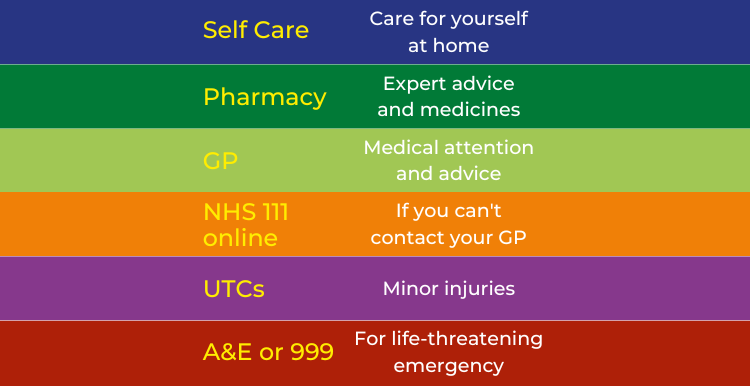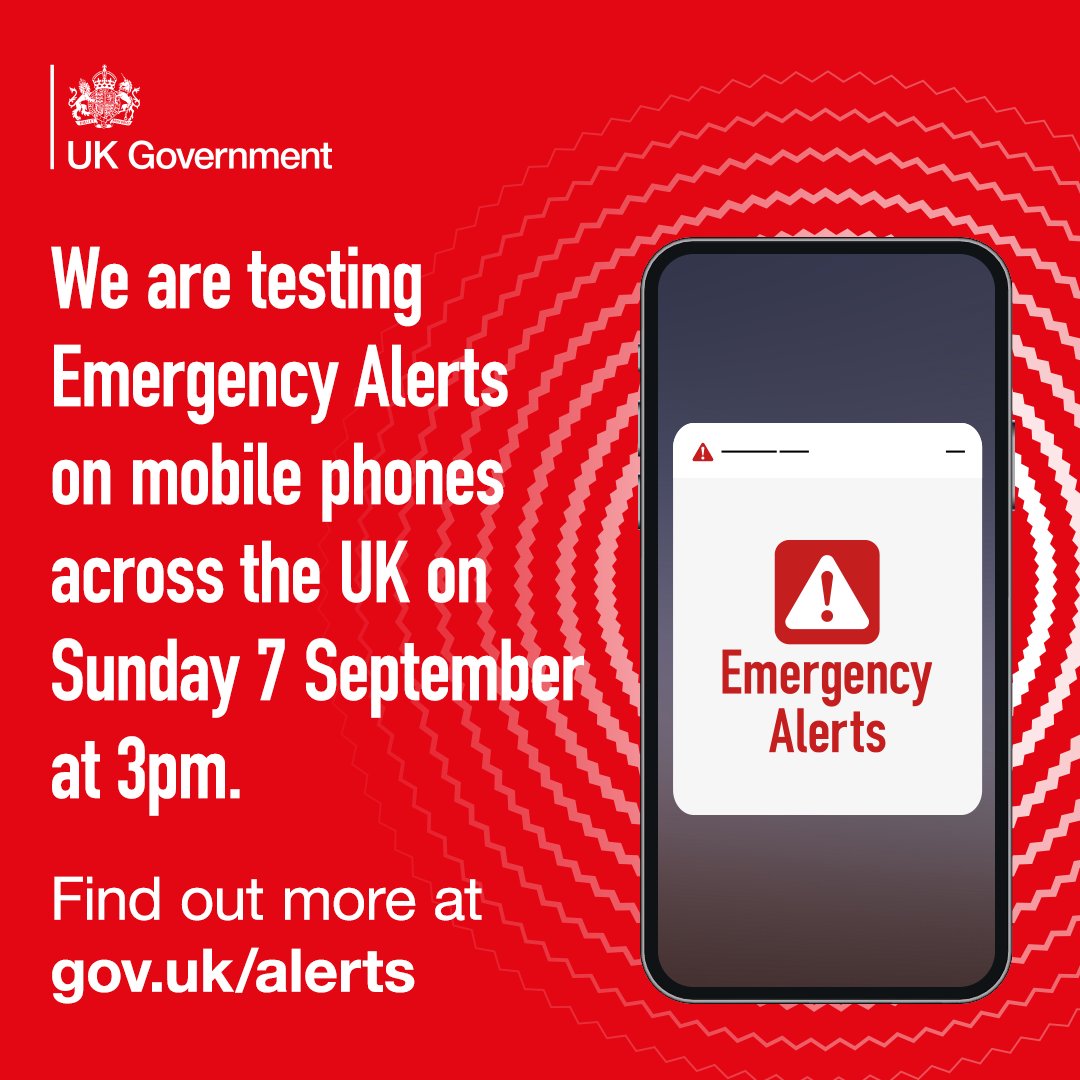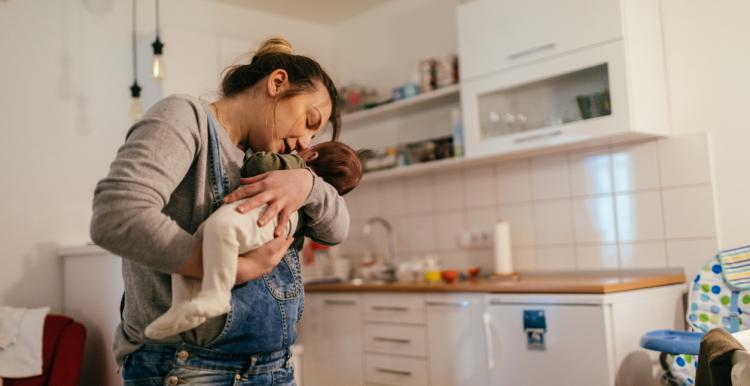Scarlet fever - all you need to know

The latest data from the UK Health Security Agency (UKHSA) shows that scarlet fever cases continue to remain higher than we would typically see at this time of year.
There has recently been an increase in cases of Group A Streptococcus (GAS) in children. Group A Strep (GAS) is a common bacteria that causes a range of infections, including scarlet fever. These infections are usually mild.
Currently, there is no evidence that a new strain is circulating.
What should parents look out for?
It’s always concerning when a child is unwell. GAS infections cause various symptoms such as sore throat, fever, chills and muscle aches.
As a parent, if you feel that your child seems seriously unwell, you should trust your own judgement.
Contact NHS 111 or your GP if:
- your child is getting worse
- your child is feeding or eating much less than normal
- your child has had a dry nappy for 12 hours or more or shows other signs of dehydration
- your baby is under 3 months and has a temperature of 38C, or is older than 3 months and has a temperature of 39C or higher
- your baby feels hotter than usual when you touch their back or chest, or feels sweaty
- your child is very tired or irritable
Call 999 or go to A&E if:
- your child is having difficulty breathing – you may notice grunting noises or their tummy sucking under their ribs
- there are pauses when your child breathes
- your child’s skin, tongue or lips are blue
- your child is floppy and will not wake up or stay awake
How can we stop infections from spreading?
Good hand and respiratory hygiene are important for stopping the spread of many bugs.
Teach your child how to wash their hands properly with soap and warm water for 20 seconds, using a tissue to catch coughs and sneezes, and keeping away from others when feeling unwell.


